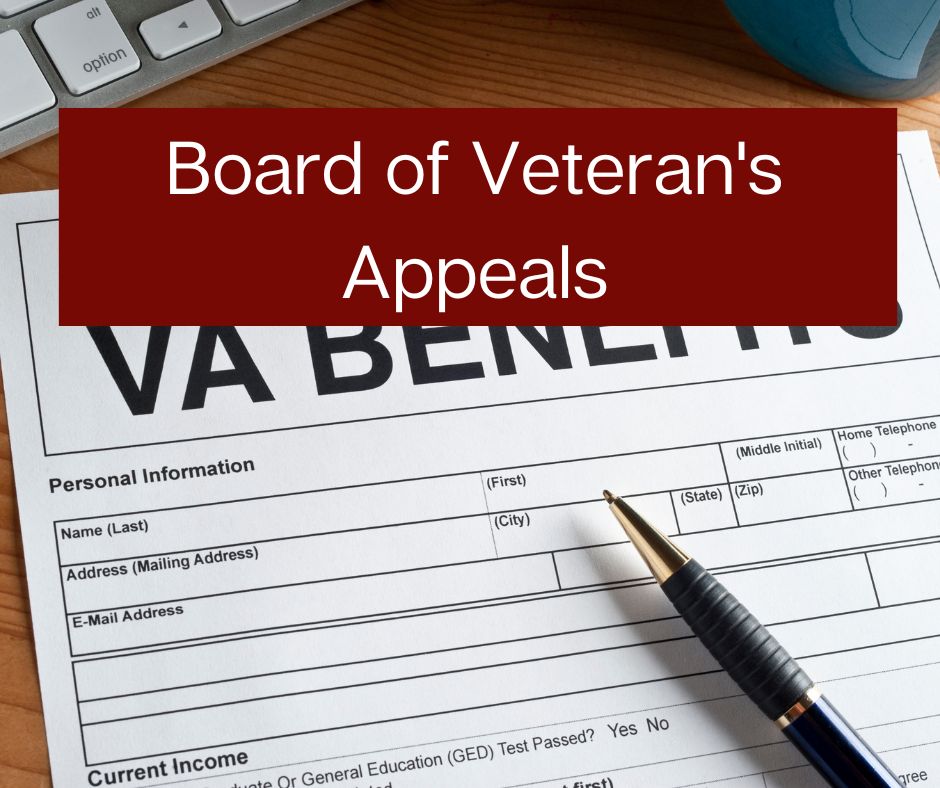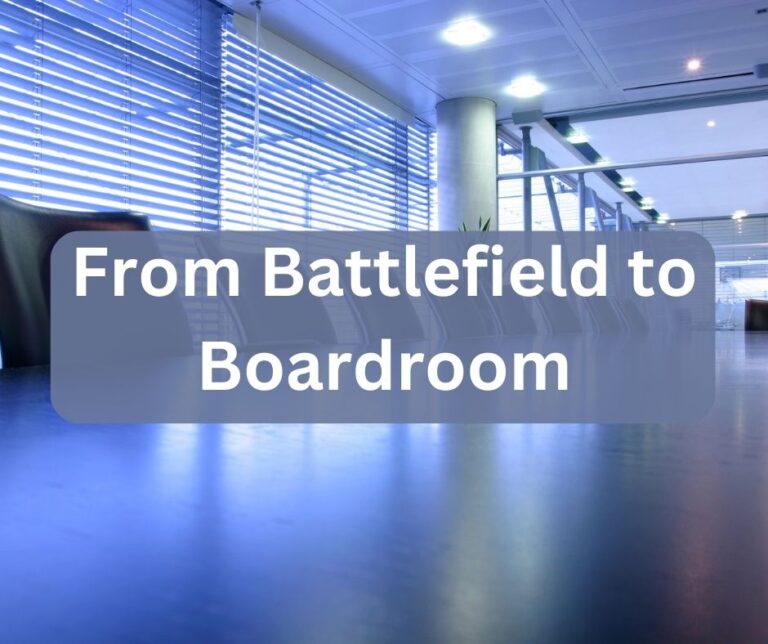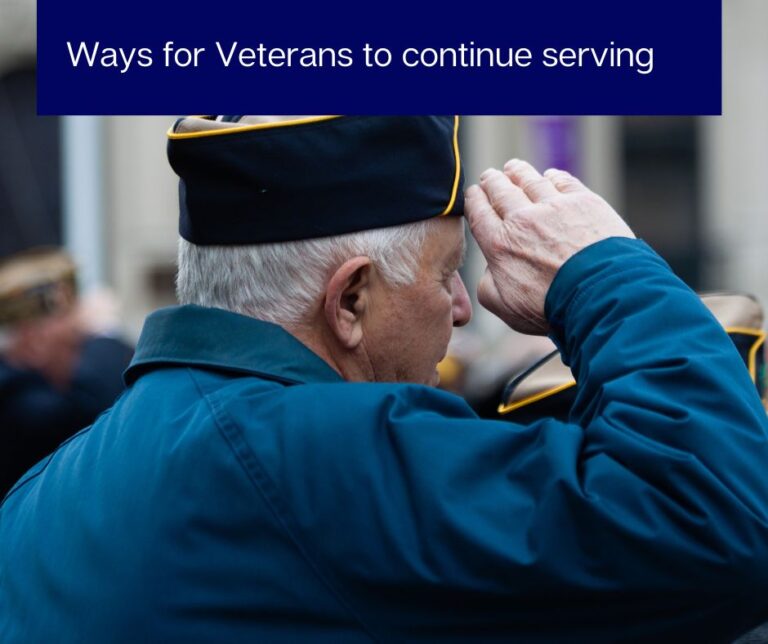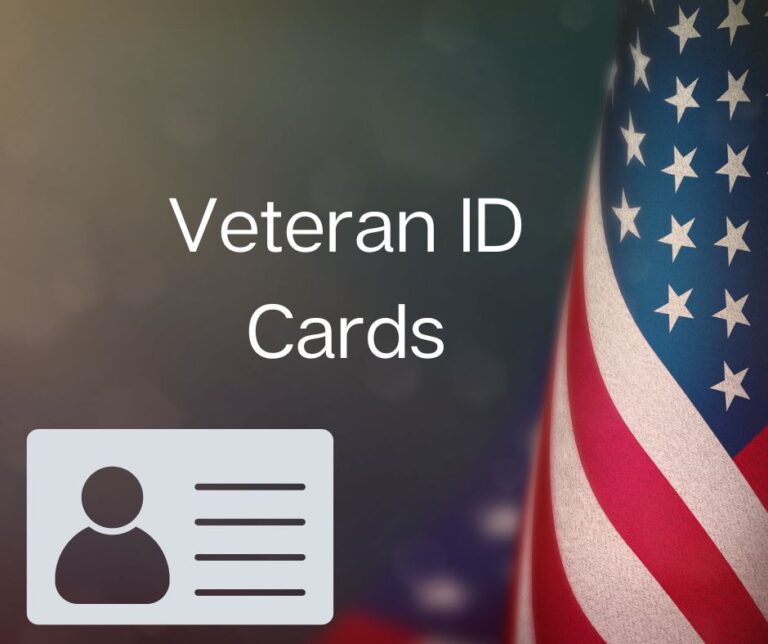Appeal To the Board of Veterans’ Appeals (BVA)
As we stated three weeks ago, there are three methods a Veteran may use in order to appeal a denied claim. We have looked at the supplemental claim and the higher level review. Today we will examine the Board of Veterans’ Appeals. At the Board, a Veterans Law Judge (VLJ) will examine the claim and make a decision.
Veterans can appeal a supplemental claim decision, a higher-level review decision, or a Regional Office (RO) decision denying a clean and unmistakable error (CUE). Claimants can appeal any of these to the Board of Veterans’ Appeals in order to have the Judge make a decision on the claim.
Filing the Notice of Disagreement (NOD)
There are some important changes from the old review system. In order to file an appeal to the BVA, the Veteran must use the new VA Form 10182. The legacy system still uses the old form for Notices of Disagreement. The new system, in place since Feb 19, 2019, did away with the need for a Veteran to file the NOD with the RO. The new system utilizes the NOD (Form 10182). It is filed directly with the BVA and must be mailed or faxed directly to the Board.
Board of Veterans' Appeals P. O. Box 27063 Washington, DC 20038 FAX: 844-678-8979
The Veteran or claimant must file the NOD within a year of the date on which they were informed of the decision they planned to appeal. The veteran must specify which particular decision they wish to appeal in their appeal. The veteran must specify which issue or issues they wish to appeal if the decision raises multiple points.
The timeline to file the NOD is within one year of the date notifying the Veteran or claimant of the decision which they are going to appeal. In the appeal, the Veteran must identify the specific decision they want to appeal. If the decision contains several issues, the Veteran must identify the specific issue or issues they want to appeal.
The Veteran must also elect to have their appeal reviewed in one of three lanes of review. We will address the three claims below. The Veteran may elect to have different issues reviewed in different lanes by filing a different Form 10182 for each issue.
If the Notice of Disagreement is Unclear
The Board of Veterans’ Appeals will give the Veteran time to submit any requested information if the NOD is unclear. To be more precise, the Veteran may not be able to identify the particular claim or issue that they wish to appeal with the BVA. It’s also possible that the Board is unable to determine which lane the Veteran chooses to use. The Board will let the Veteran know if this is the situation. The Veteran will be given sixty days to provide the information that has been requested.
Basics of BVA Appeals
When the Veteran files the NOD, they must choose which of three review processes they wish to utilize. These three processes are:
- Direct Review
- Evidence Submission
- Hearing

Each of these lanes has its own docket before the Board. This means that the waiting time for the claim to have a hearing will be different for each lane. They also have their own rules regarding evidence submission and/or testimony before the Board.
The Veteran may have a chance to change the lane requested, even after filing the NOD. In order to change, they will have to file a new NOD within 60 days of the date the Board received the previous NOD, or within a year of the decision on appeal (whichever date is later). However, if the Veteran has already submitted new evidence in a lane permitting new evidence, the Board will deny any request to change lanes.
Direct Review
There are pros and cons with the direct review option. It is the quickest lane in the Board of Veterans’ Appeals, but no new evidence is allowed to be submitted. The Board will base its review upon only the evidence in the record at the time the appealed decision was issued by the Agency of Original Jurisdiction (AOJ). The Veteran will not have the opportunity for a hearing or to submit new evidence. The Board will disregard any new evidence.
Evidence Submission
The Veteran has a limited amount of time in the evidence submission lane to submit more evidence. The evidence may be submitted by the veteran in addition to the NOD. Additionally, they have up to ninety days after the BVA receives the NOD to submit evidence. Please take note that between the time the RO issued the decision under review and the BVA received the NOD, the Board will not take into account any evidence that became associated with the Veterans file. Furthermore, after receiving the NOD, the Board will not take into account any evidence that was received more than ninety days later.
Hearing Lane
The hearing lane is the slowest option for a review. Currently there are over 40,000 cases awaiting a hearing under the Legacy system, which generally have priority over the 40,000+ cases under the new system.
The Board of Veterans’ Appeals offers two types of hearings. The first is an in-person hearing at the Board’s office in Washington D.C. The second type is a videoconference hearing with the Board member in Washington D.C. and the Veteran or claimant and representative at a VA facility located somewhere else. The Board will inform the Veteran which type will be conducted, but the Veteran may make one request to change the Venue which the Board must grant.
As in the evidence submission lane, the Veteran will have the opportunity to submit additional evidence within the hearing lane. The 90 day period to submit evidence will begin at the hearing and ends 90 days following the hearing. Any evidence submitted before the hearing or after the 90 day window will not be considered.
The BVA Decision
The Board of Veterans’ Appeals conducts a de novo review. As we saw last week when viewing the Higher Level Review, ‘de novo’ means from the new. This means that the BVA will not give any weight to prior decisions on the claim. However, the review is not entirely de novo, because any findings which are favorable to the Veteran remain binding upon the Board. The only time the Board can ignore them are if it finds evidence of clear and unmistakable evidence to the contrary.
The Board can grant the claim. If it does so, the effective date with be either when the VA received the claim which has been continuously pursued or the date that entitlement to the benefit arose, whichever is later. If the Board denies the claim, the Veteran has the option of filing an appeal with the U.S. Court of Appeals for Veterans Claims within 120 days. Alternatively, the Veteran retains the option of filing a supplemental claim with new and relevant evidence with the RO within a year. As we mentioned in the post regarding supplemental claims, with new and relevant evidence a supplemental claim can be filed within a year of any decision to continuously pursue the claim.
As always, the best course of action for most Veterans and claimants is to seek assistance from an accredited VSO. Veteran Service Officers have the training and experience to help you navigate the VBA system.
Feel free to email us if you have any questions or comments.
God bless,
from NWAVet







